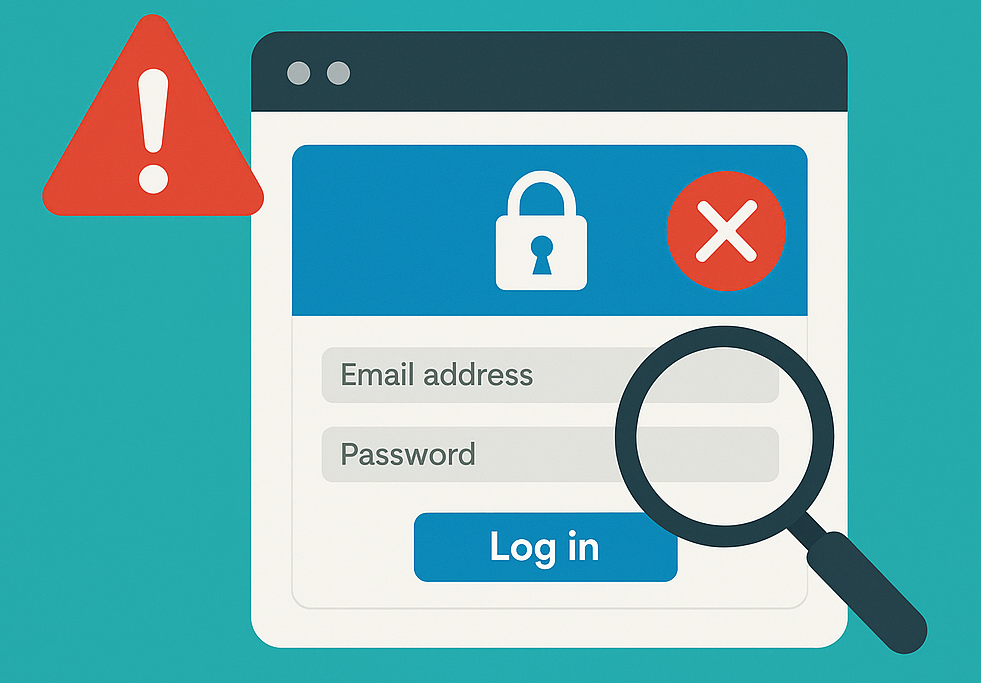What Is Spyware on Mobile Phones?
Spyware is malicious software secretly installed on your smartphone to track your activity, record conversations, read messages, and steal personal data. Cybercriminals — and sometimes even jealous partners or employers — use spyware to monitor users without consent.
Common signs of spyware include:
- Rapid battery drain
- Unusually high data usage
- Overheating when idle
- Pop-ups or strange background noises during calls
- New apps or settings you don’t remember installing
If you notice these symptoms, it’s time to scan your mobile for spyware.
Why You Should Regularly Scan for Spyware
Regular scanning keeps your device safe and ensures:
- Protection of personal and financial data
- Maintenance of battery life and speed
- Prevention of identity theft and account hacking
Even trusted devices can be infected through malicious links, unsafe Wi-Fi networks, or disguised apps.
In fact, recent similar Android spyware campaigns show how fake apps can silently install spyware on users’ devices without detection.
How to Scan Mobile for Spyware (Step-by-Step Guide)
Step 1: Check for Suspicious Apps
- Open Settings → Apps (or Applications).
- Review all installed apps carefully.
- Look for apps with strange names like System Update Service or Device Admin Tool.
- Delete any app you don’t recognize or remember installing.
Step 2: Run a Security Scan
-
For Android:
Use a trusted antivirus app such as Bitdefender Mobile Security, Avast, or Kaspersky.
-
- Open the antivirus app.
- Tap Scan and allow it to check the entire system.
- Follow the on-screen instructions to remove threats.
-
For iPhone:
iOS doesn’t allow deep system scans, but you can still:
-
- Go to Settings → General → VPN & Device Management to check for unknown profiles.
- Remove suspicious configuration profiles.
- Install a reputable security app like Norton Mobile Security for additional protection.
Step 3: Update Your OS and Apps
Keeping your operating system and apps up to date patches security holes that spyware exploits.
For example, vulnerabilities like CVE-2025-48561: Pixnapping Attack highlight how outdated apps can become easy entry points for attackers.
- Go to Settings → System → Software Update.
- Install any pending updates.
Step 4: Check Permissions
Spyware often hides under legitimate permissions.
- Open Settings → Privacy → Permission Manager (Android).
- Review which apps access your camera, microphone, location, and SMS.
- Revoke unnecessary permissions.
Step 5: Reset Your Device (If Needed)
If the spyware persists:
- Backup your important files.
- Go to Settings → System → Reset → Factory Data Reset.
- After reset, reinstall only trusted apps from official stores.
How to Prevent Spyware in the Future
- Avoid downloading apps from unknown sources.
- Don’t click on links in suspicious emails or messages.
- Use strong passwords and enable two-factor authentication.
- Regularly scan your phone using a trusted security app.
As AI-powered malware trends continue to evolve, attackers use automation and deep learning to create even more stealthy spyware. Staying vigilant and informed is your best defense.
Conclusion
Learning how to scan your mobile for spyware is one of the most important steps in protecting your privacy in 2025. With the rise of sophisticated tracking tools and AI-driven threats, staying proactive ensures your personal information — and peace of mind — remain safe.








